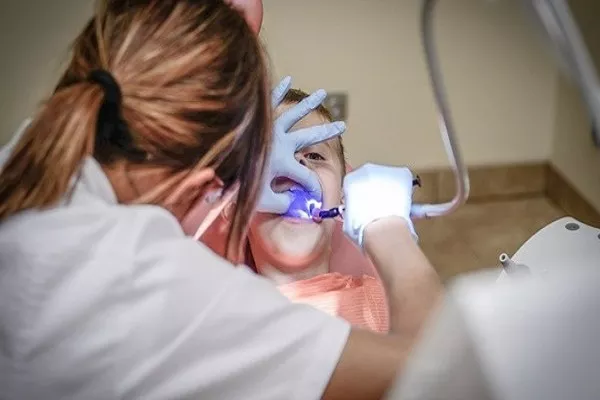Wisdom teeth, also known as third molars, are the last set of molars that typically emerge in late adolescence or early adulthood. Often, these teeth can cause complications, such as overcrowding, impaction, or misalignment, leading to discomfort and oral health issues. As a result, many individuals opt for wisdom teeth removal to mitigate potential problems. However, a common question arises – does wisdom teeth removal fall under orthodontic treatment? In this article, we’ll delve into the realm of orthodontics, explore the connection between wisdom teeth removal and orthodontic procedures, and offer valuable insights for those seeking answers.
Understanding Orthodontics
Orthodontics is a specialized branch of dentistry that focuses on diagnosing, preventing, and correcting misaligned teeth and jaws. Common orthodontic treatments include braces, retainers, aligners, and various appliances to improve dental aesthetics and function. The primary goal is to achieve a harmonious bite, known as occlusion, which enhances the overall oral health and enhances the smile’s appearance.
What are Wisdom Teeth?
Wisdom teeth typically erupt between the ages of 17 and 25. These molars are evolution’s remnants from a time when early humans needed more chewing power to process a rougher diet. However, modern diets and advancements in oral hygiene have rendered wisdom teeth practically obsolete, leading to complications when they emerge. In many cases, wisdom teeth do not have enough space to grow properly, causing them to become impacted, partially erupted, or misaligned.
Wisdom Teeth Removal Procedure
Wisdom teeth removal, or extraction, is a common dental procedure to address the issues associated with third molars. A dental surgeon or oral surgeon usually performs the extraction. The procedure involves administering anesthesia to numb the area around the tooth and gently removing the wisdom teeth using specialized instruments. Depending on the complexity of the case, the surgeon may need to make small incisions in the gum tissue or section the tooth into smaller pieces for easier removal.
Wisdom Teeth Removal and Orthodontics
Wisdom teeth removal is not typically considered an orthodontic treatment. While orthodontics focuses on correcting misaligned teeth and jaws, wisdom teeth removal addresses the issues that arise due to the late eruption of third molars. Orthodontic treatment primarily deals with problems like crowding, overbites, underbites, crossbites, and gaps between teeth, which are unrelated to the presence or absence of wisdom teeth.
However, there can be instances where wisdom teeth impact the effectiveness of orthodontic treatment. For example, if a patient’s wisdom teeth are causing overcrowding or pushing on the other teeth, removing them may create more space for orthodontic correction. In such cases, orthodontists may recommend wisdom teeth removal before commencing with other treatments like braces or aligners.
Consultation and Treatment Planning
When it comes to wisdom teeth removal and orthodontics, individualized treatment plans are crucial. Dentists and orthodontists must assess each patient’s specific oral condition and consider the long-term implications of their decisions. This evaluation often involves X-rays, dental impressions, and a thorough examination of the patient’s dental history.
Conclusion
In conclusion, while wisdom teeth removal is not directly categorized as an orthodontic treatment, its impact on dental health and alignment should not be underestimated. Removing problematic wisdom teeth can sometimes play a supportive role in optimizing the outcomes of orthodontic treatments. For anyone considering wisdom teeth removal or seeking orthodontic care, it is essential to consult with a qualified dental professional who can develop a personalized treatment plan tailored to their unique needs and goals.
































